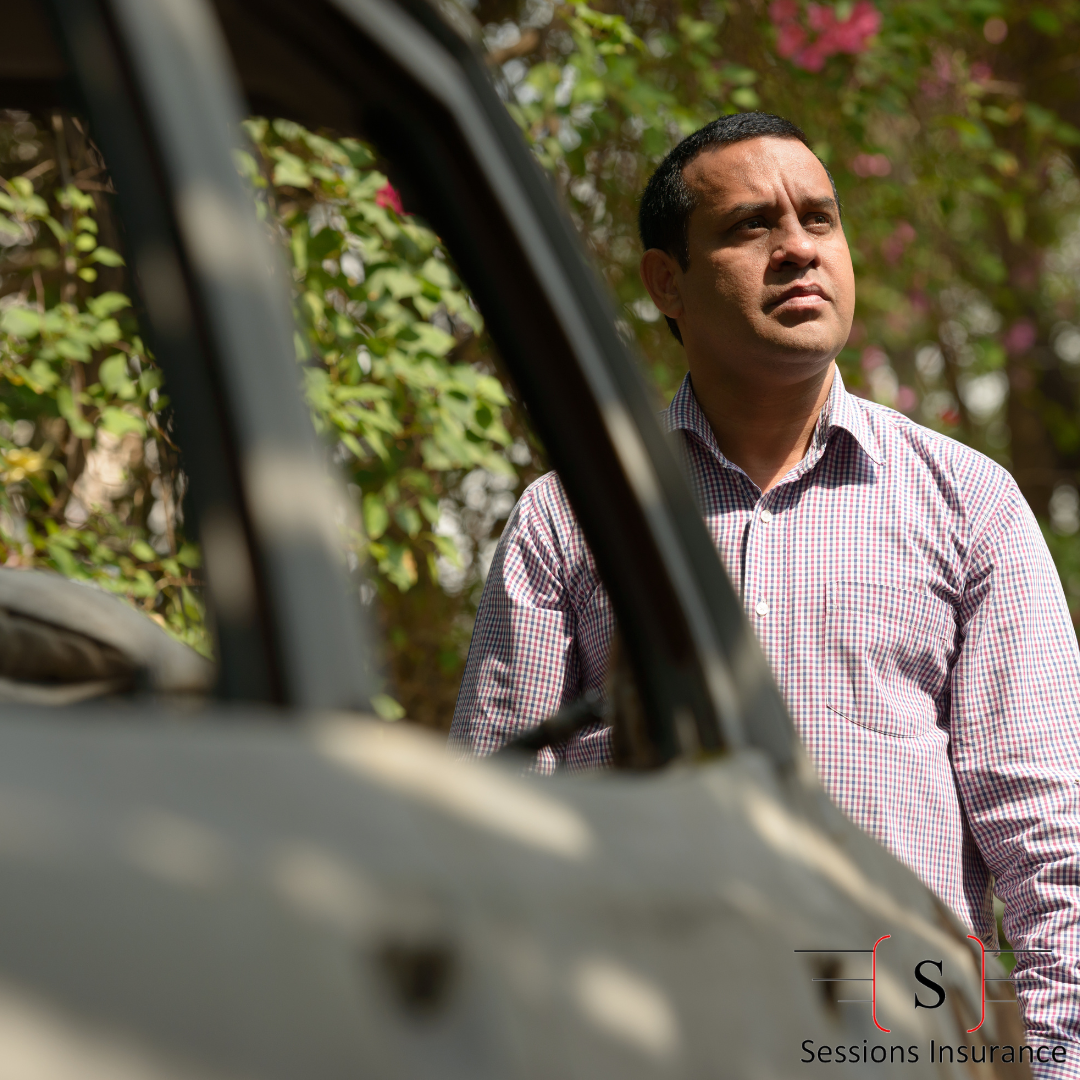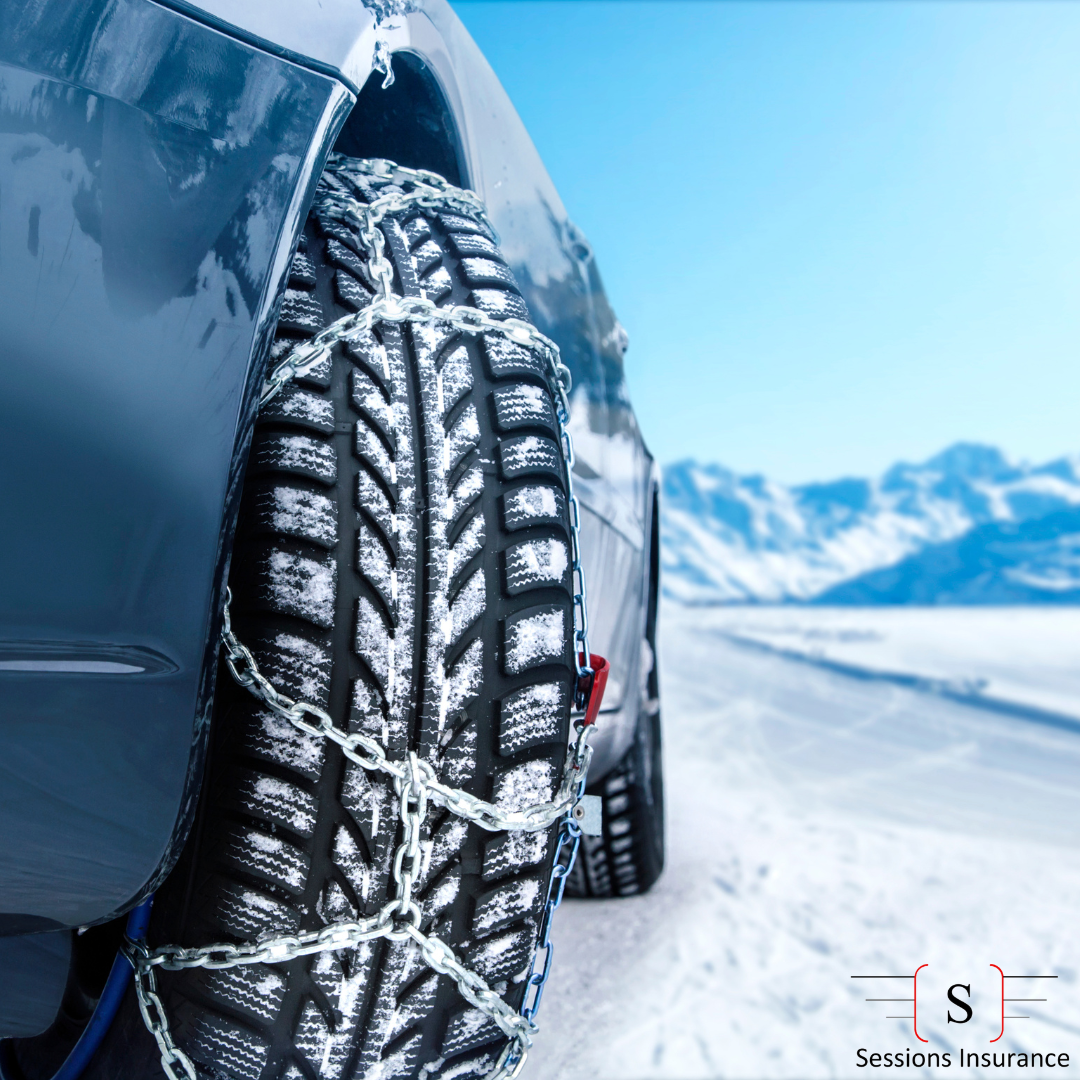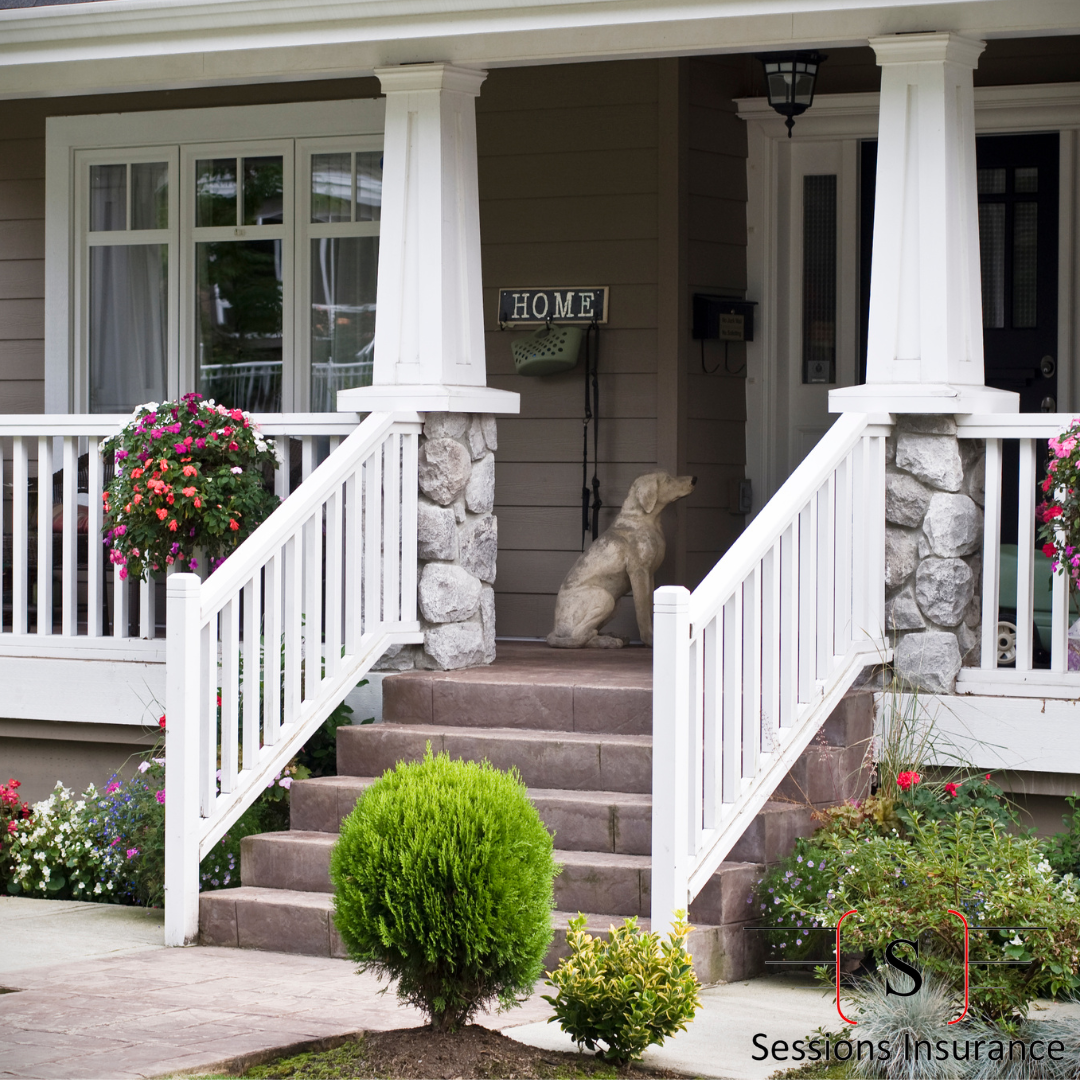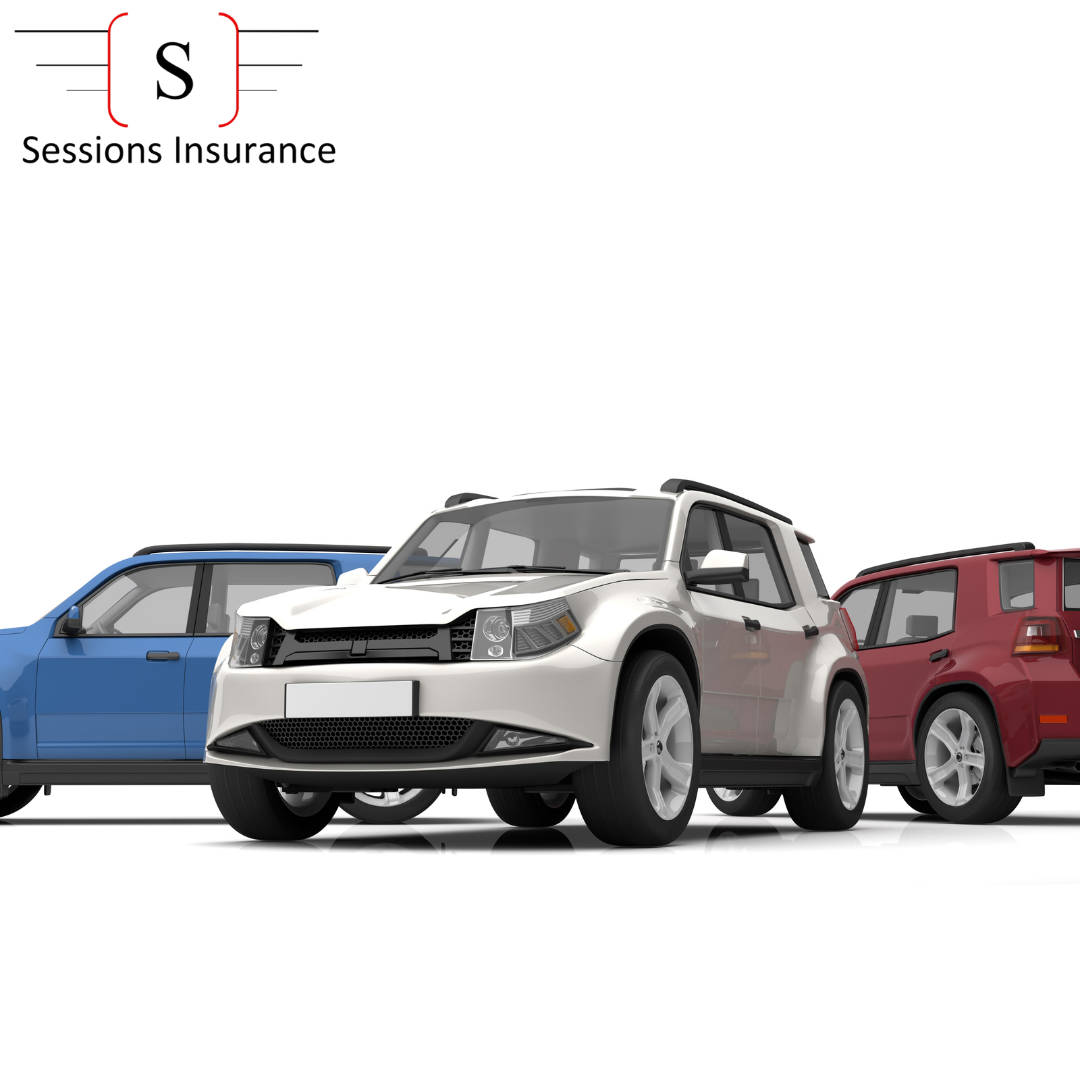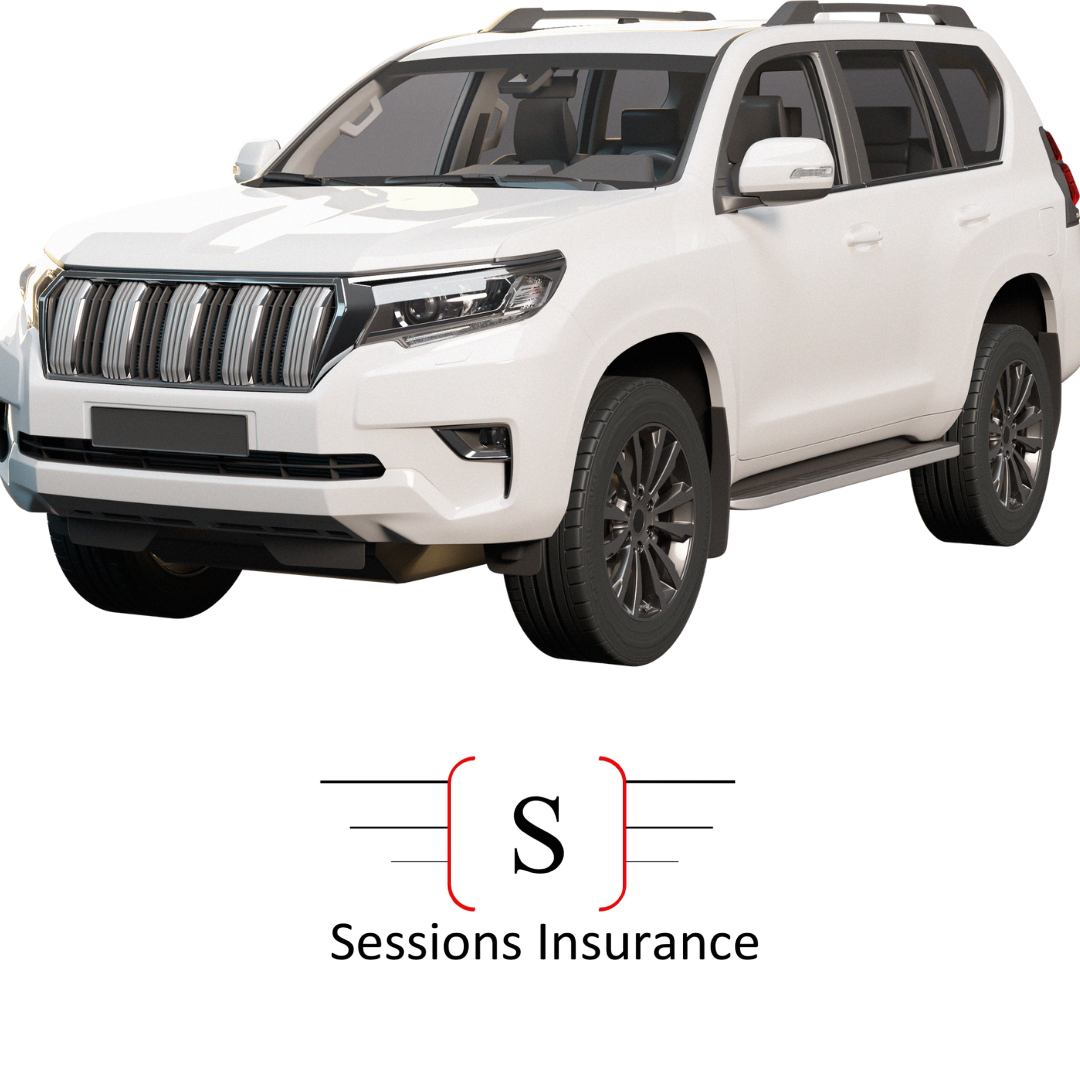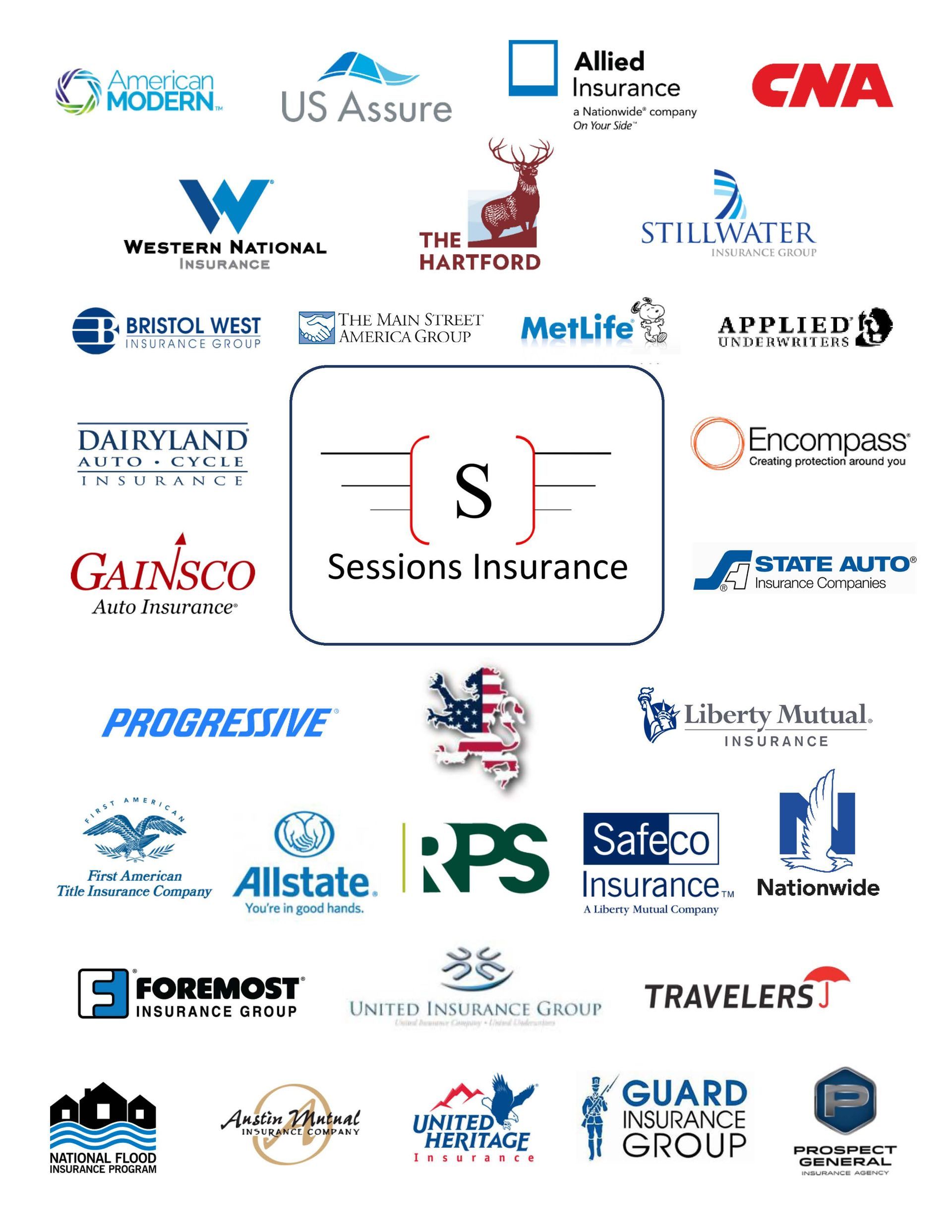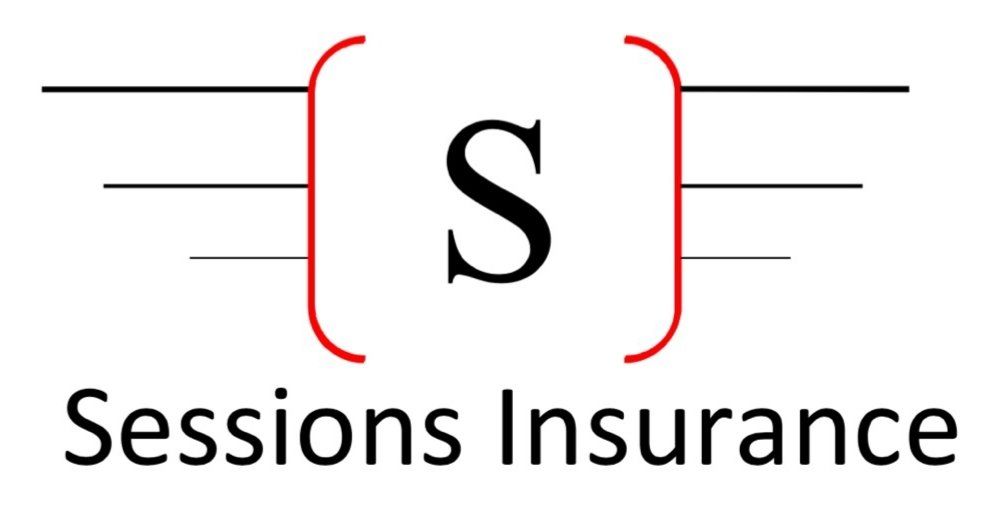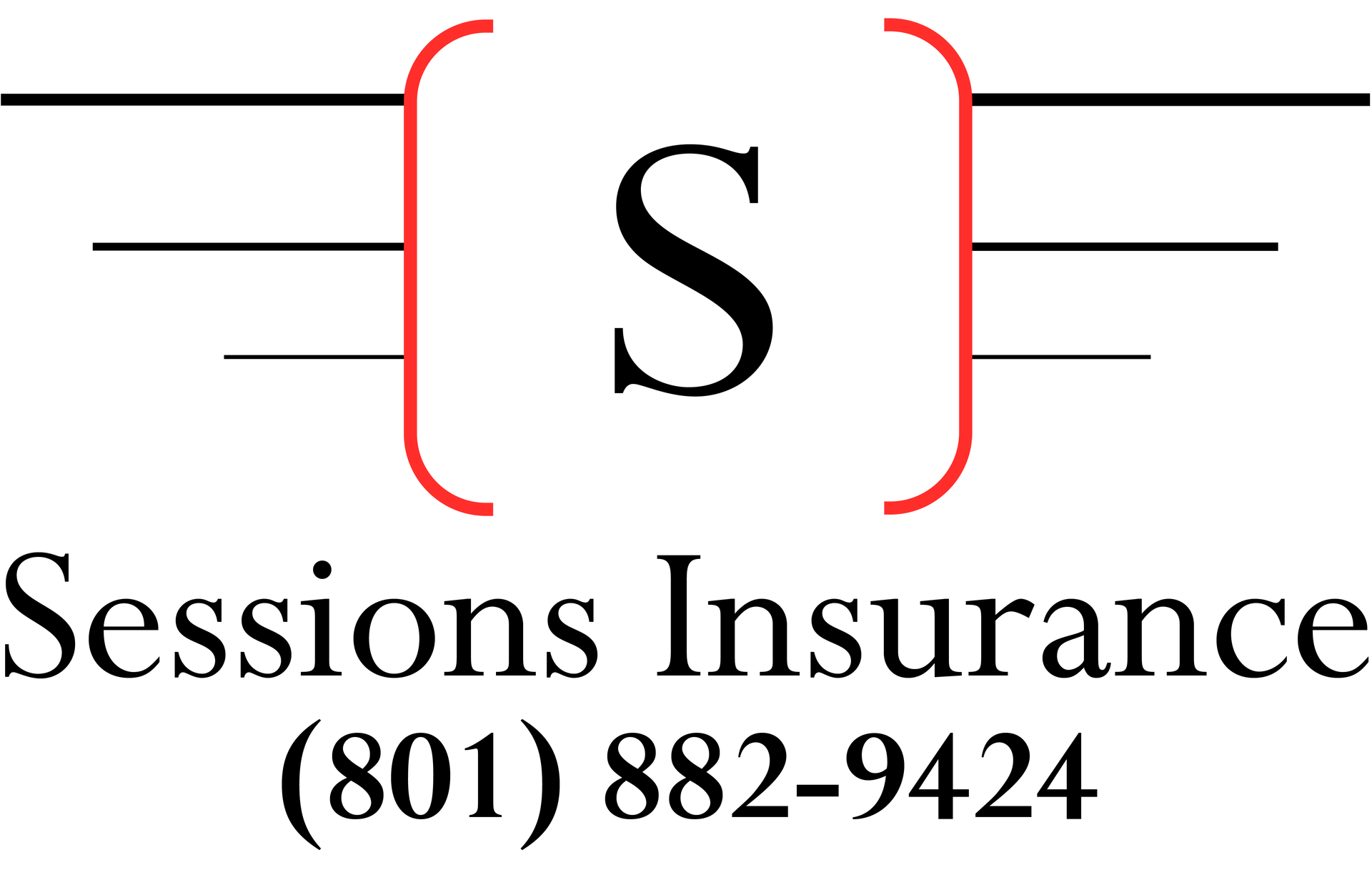"Full Coverage” Car Insurance Isn’t Real — Here’s What It Actually Means (Utah Guide)
If you’ve shopped for auto insurance in Utah — whether you’re in Ogden, Layton, or elsewhere — you’ve probably seen ads promising “cheap full coverage car insurance.” It sounds simple: pay a little more, get everything covered. But “full coverage” is a marketing phrase, not a standardized insurance product. Here’s what the term actually means, what it typically includes (and excludes), and how to choose the right coverage for drivers in Utah.
What people mean by “full coverage”
“Full coverage” generally refers to a combination of policies and coverages that go beyond Utah’s minimum liability requirements. Common components sellers pack under that label include:
- Liability insurance (Bodily Injury and Property Damage): Covers injuries and property damage you cause to others. Utah requires minimum liability limits, but “full” packages often increase those limits.
- Collision coverage: Pays to repair or replace your vehicle after an accident with another vehicle or object, regardless of fault (after your deductible).
- Comprehensive coverage: Covers non-collision damage such as theft, vandalism, fire, flood, or hitting an animal.
- Uninsured/Underinsured Motorist (UM/UIM): Pays for your injuries (and sometimes vehicle damage) if an at-fault driver lacks sufficient coverage.
- Medical Payments (MedPay) or Personal Injury Protection (PIP): Helps pay medical bills after an accident (availability/requirements vary by state).
- Optional extras: Rental reimbursement, roadside assistance, gap insurance, higher deductibles, and more.
Why “full coverage” is ambiguous
- No legal definition: Insurers, agents, and comparison sites use the term differently. Two “full coverage” quotes can have very different limits, deductibles, and included endorsements.
- Not all losses are covered: “Full” doesn’t mean you’re guaranteed payment for every loss (e.g., wear-and-tear, mechanical failures, intentional damage).
- Limits and deductibles matter: A collision policy with a $5,000 deductible and $10,000 limits is not the same as one with a $500 deductible and $50,000 limits.
- State-specific rules: Utah’s minimums, UM/UIM options, and rating factors differ from other states, so “full coverage” in Utah has local implications.
What you actually need in Utah (short checklist)
- Liability limits: Consider higher than Utah’s minimums. Minimums leave you exposed financially; higher limits protect your assets.
- Collision and comprehensive: Important if your car has significant value or you have a loan/lease (lenders typically require them).
- Uninsured/Underinsured Motorist: Highly recommended — it protects you from drivers without adequate insurance. Utah drivers can select different UM/UIM options; ask an agent for specifics.
- Deductible levels: Balance premium savings with the amount you can afford to pay after a claim.
- Optional coverages: Rental reimbursement, roadside assistance, and gap insurance can prevent surprise expenses after a crash.
How to shop in Utah — Ogden & Layton tips
- Compare coverages, not just price: Look at limits, deductibles, and exclusions. Two “cheap full coverage” offers can leave you with very different protection.
- Get local quotes: Search for “Ogden car insurance” or “Layton car insurance” to find agents familiar with local rates, traffic patterns, and risk factors.
- Ask about discounts: Multi-policy, safe driver, good student, low-mileage, anti-theft, and vehicle safety features can lower premiums.
- Check insurer financial strength and claims service: Price matters, but so does an insurer’s track record handling claims.
- Consider usage and vehicle value: If your car is older with low market value, the cost of collision/comprehensive might outweigh the benefit.
Common misconceptions
- “Full coverage covers everything” — False. It doesn’t cover routine maintenance, mechanical failure, or certain excluded events.
- “My loan requires full coverage” — Partly true. Lenders require collision and comprehensive, but they don’t define “full coverage” beyond that.
- “State minimums are enough” — Risky. Minimum liability may not cover serious injury or major property damage you cause.
Practical example (quick)
- Driver A in Ogden buys “full coverage” with low limits, high deductible, and no UM/UIM. After an at-fault crash with an uninsured driver, Driver A faces out-of-pocket costs and limited recovery.
- Driver B buys a clear, higher-limit package: liability with increased limits, collision/comprehensive with reasonable deductibles, and UM/UIM. Driver B has broader protection and less financial risk.
Bottom line
“Full coverage car insurance” is a shorthand, not an insurance product. In Utah — whether you’re looking for “cheap full coverage car insurance,” Ogden car insurance, or Layton car insurance — focus on the specific coverages, limits, deductibles, and optional protections you need. Compare quotes, ask clear questions, and pick a policy that matches your vehicle value, financial exposure, and local driving risks.
If you’d like, I can:
- Review sample policy coverages/quotes and point out gaps,
- Provide recommended coverage configurations for Ogden or Layton based on your vehicle and budget,
- Or generate a checklist to use when comparing “full coverage” quotes.


The Importance of Adding Teen Drivers to Your Insurance and How Sessions Insurance Can Help You Save
